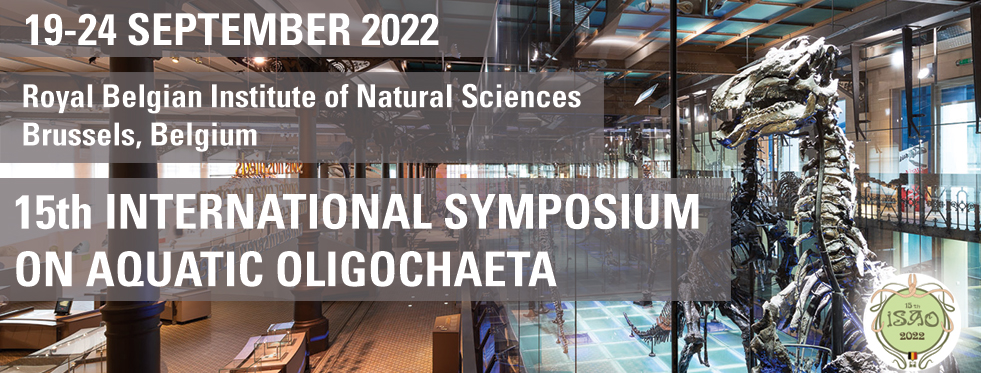Ovary micromorphology and oogenesis in clitellate annelids have been intensively studied for several years. Our main goal is to follow the ways of ovary evolution in Clitellata. To date, special attention has been paid to leeches (Hirudinida) and their allies (Branchiobdellida, Acanthobdellida) and microdrile clitellates (Capilloventridae, Phreodrilidae, Enchytraeidae, Propappidae, Lumbriculidae, Haplotaxidae, Naididae). Among naidids, representatives of four subfamilies, Naidinae, Tubificinae, Limnodriloidinae, and Rhyacodrilinae, were studied.
In the most recent study, we concentrated on the representatives of four species, i.e., Peristodrilus montanus (Rhyacodrilinae), Achaeta affinis (Enchytraeidae), Batracobdella algira (Glossiphoniidae), and Haemadipsa japonica (Haemadipsidae).
Our analyses revealed that ovaries show flexibility in their morphology and organization, but they are conservative at the family/subfamily level. Microdrile ovaries are paired, inconspicuous structures enveloped only by thin somatic cells and connected via ligament to the septum. In leeches, they form variable ovarian units (egg follicles, ovary cords) enclosed within the ovarian sacs.
In all species studied, ovaries are composed of syncytial groups of germ cells (germ-line cysts) associated with somatic cells. Each germ cell has one intercellular bridge connecting it to a central and anuclear cytoplasmic mass (cytophore). Within cysts, oogenesis progresses, and germ cells in the consecutive stages can be found, i.e., oogonia, meiotic cells, nurse cells, and growing oocytes (future eggs). This pattern of cysts organization is typical to all clitellates studied to date, with only the one exception – Capilloventer australis, a representative of the basal family Capilloventridae, in which no germ-line cysts have been found.
Besides this unity, we have found many differences and distinct characters, and several types of ovaries have been distinguished to date. We believe these characters may help disentangle the complex phylogenetic relationships within Clitellata. Our next aim is to find and compare the ovary and oogenesis across Crassiclitellata and allied taxa.

 PDF version
PDF version
